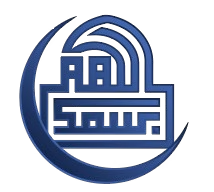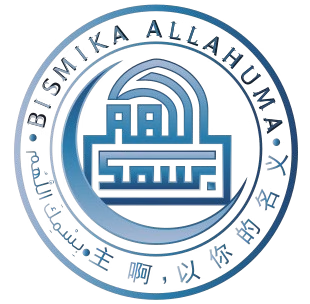The following shows the text of the first Sura’ of the Qur’an inscribed on the shoulder blade of a camel, preserved in the Princeton University Library.


We know that the first steps for the preservation of the Qur’an were taken in the lifetime of the Prophet. Tradition records that the Qur’an — in addition to being memorized — was also written down on such shoulder-blades, ribs of animals, flat stones, palm-leaves, pieces of leather and wooden boards.
However, in addition to the use of all this material, there is no reason why papyrus should not have been in normal use in the business & private correspondence in Mecca, and hence for the recording of the Qur’anic revelations. In 6:91, the Qur’an refers to the Torah (with the Arabian Jews) to be recorded on “Qartas”. This word refers to a leaf or sheet of papyrus made in rectangular sheets, pasted together or folded to form a book.
In 6:92, the Qur’an speaks of itself in exactly the same sense (i.e., written on “Qartas”), as it referred to the Torah in the previous verse.
Dr. M. M. Azami

